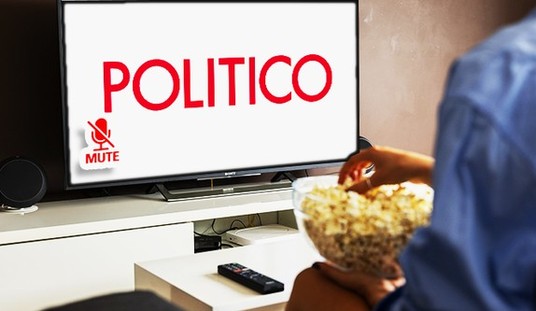In 1975, Ronald Reagan declared that we need a Republican Party that will raise “a banner of no pale pastels, but bold colors which make it unmistakably clear where we stand on all of the issues troubling the people.” Almost 40 years later, we’re still struggling to provide that bold contrast.
Case in point: the Farm Bill (S. 3240). Several weeks ago, Senate Democrats, with the help of 16 Republicans, passed a farm/food stamp bill that will cost $969 billion extrapolated over 10 years. The bill authorizes $772 billion for food stamps and about $223 billion for various agriculture-related programs. Proponents of the bill actually sold this as a $23 billion baseline cut, even though it permanently enshrines Obama’s massive food stamp expansion and creates a new shallow loss crop insurance program, which guarantees farmers 90% of their annual revenue. The bill also continues authorizing the egregious sugar subsidies, which benefit a few rich sugar cane farmers at the expense of consumers. The end result is that food will continue to cost more as a consequence of government intervention, while both rural and urban constituents will remain dependent on government indefinitely.
One ancillary benefit of the Senate bill is that direct subsidies for farmers whose crops dip below certain target prices were eliminated. Of course, the cost and the market distortion of the new shallow loss program will overshadow the benefits from the subsidy cuts. Even still, this was too much for the southern Republicans, who claim that peanut and rice farmers wouldn’t get as much out of the shallow loss trough as corn and soybean farmers because the latter commodities are at record highs. It is for this reason why many southern Republicans voted against the bill; it failed to subsidize enough for their liking.
This is where House Republicans come into the picture. On Wednesday, the House Agriculture Committee will mark up Chairman Frank Lucas’s 557-page draft bill. The media will focus on the small disagreement between the parties and the two chambers over $16 billion in extra food stamp spending (a mere 2% of the total outlays), in an effort to make the House bill appear conservative. In reality, the House bill is nothing but a pale-pastel reflection of the Senate bill.
In order to assuage the concerns of southern special interests, the House bill creates a new target price program in which farmers would collect revenue losses when prices for corn, rice, peanuts, wheat, and barley dip below that target for at least two years. The target prices that trigger subsidies for grain and oilseeds farmers will be raised by 40%.
What about the new shallow loss program in the Senate bill? The House bill retains it as an option for those who prefer it over the target price revenue loss program (presumably, corn and soybean farmers). Oh, but fear not; the House bill will only guarantee 85% of the farmer’s annual income. Talk about a bold contrast! At best, it’s a wash between the two bills with regards to the farming programs. This draft bill, much like the Senate bill, will lock in higher commodity prices and distort the market by encouraging farmers to take more risks that would not be supported by market forces or commonsense.
Look, if we can’t begin phasing out subsidies for an industry that reported income and exports in excess of $100 billion in 2011, we will never eliminate any subsidy. And that’s exactly what the special interests desire – a mutual respect for everyone’s handout in an effort to achieve the “GFC” – greatest common factor of government intervention.
As we’ve argued with regard to the Senate bill, these farm bills are merely tools of parochial interests used to grow government. One of the reasons they have been so successful in the past is because the farm bill inconceivably contains two extraneous portions; agriculture and food stamps – representative of both rural and urban special interests. Bundling the two disparate interests into one bill has allowed the forces of big government to garner majority support for unlimited urban welfare and infinite government intervention in agriculture.
The first step to limiting government intervention in agriculture is to break the bond between farming and food stamps. Congressman Todd Akin (R-MO) is circulating a letter to House leadership asking them to split the Farm Bill into two bills before consideration in the House, one for farm programs, one for food stamps. Senator Ron Johnson already tried a similar effort in the Senate (in the form of a “motion to recommit” to the Senate farm bill), and it garnered the support of most Republicans. In the coming days, we must pressure leadership along with Chairman Frank Lucas (R-OK) to split the bill into two parts.
However, it is clear that any serious reforms that truly limit the scope of urban and rural welfare will not pass the Senate. And anything that can pass the Senate is not something we can support. That’s why Republicans must wait until after the election to pass multi-year bills that authorize hundreds of billions in spending. It is frankly stupefying that House Republicans have agreed to a number of “must-pass” multi-year bills so far, instead of waiting until they control the Senate. The highway bill was a great example. We must not repeat that mistake.
Call the members of the House Agriculture Committee and tell them to stop creating new government programs. This is not the contrast we need to evince when proposing alternatives to Democrat legislation.













Join the conversation as a VIP Member